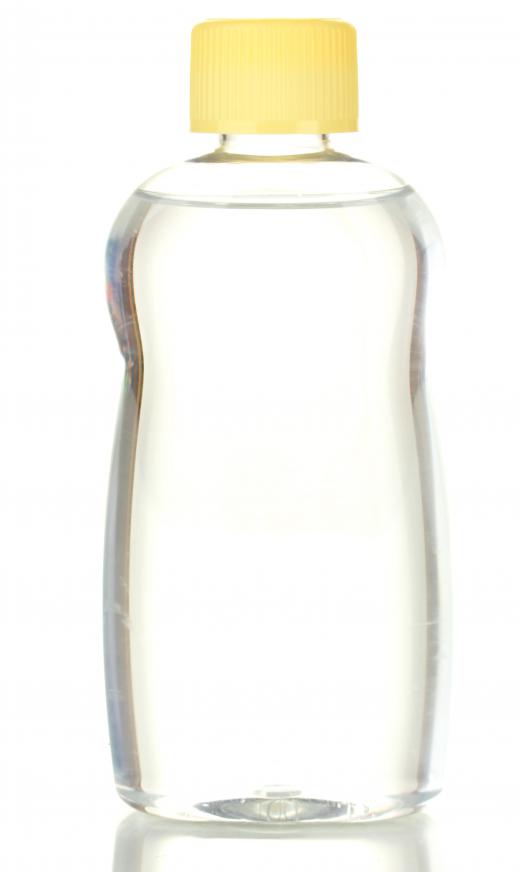What is Thulium?
 Mary McMahon
Mary McMahon
Thulium is a metallic chemical element in the lanthanide group on the periodic table of elements. Lanthanides are also sometimes known as rare earth metals, referencing a now obsolete term for these elements with many shared chemical and physical properties. Thulium is not widely used, since it is the least abundant of the lanthanide elements, although it does have some industrial applications. Most of the world's current supply of thulium comes from from mines and refineries in China.
This element can be extremely difficult to isolate, because of its relatively low abundance. Most thulium is extracted from minerals like monazite, gadolinite, and euxenite. In its pure form, thulium is silvery in color and very bright. It is also extremely soft and easy to work. The element will oxidize when exposed to air, so many people like to keep it in airtight containers or mineral oil to prevent this. The element is identified with the symbol TM on the periodic table, and it has an atomic number of 69, making it one of the heavier lanthanides.

The discovery of this element is usually credited to Per Teodor Cleve, who discovered an oxide of thulium in 1879 while looking for new elements. In 1911, a British researcher managed to obtain enough thulium to actually isolate and observe it; before them, chemists had not been able to research the element extensively since they had such small fractions to work with. The element is named for ancient Scandinavia, which was once known as Thule.

Like other lanthanides, thulium can be used as a dopant for lasers and special optical glass. The element is also used in arc lighting and nuclear research. An isotope of thulium can be used in portable x-ray machines, and the element's compounds and salts have a few other industrial applications. Because the element is somewhat hard to isolate and it is not very abundant, people generally prefer to use other lanthanides in lieu of thulium, when possible.

This element is moderately toxic, and it serves no known biological purpose in the human body. Caution should be used when handling the element, along with compounds and isotopes derived from thulium. The dust can pose an explosives hazard, as it will react with the air, and it is probably not advisable to ingest thulium or inhale thulium fumes.
AS FEATURED ON:
AS FEATURED ON:













Discussion Comments
Dear myrandomvibe: If thulium was a super hero, one of its strengths would being able to withstand very high temperatures. Its melting point is 2,813°F, and that is pretty hot! One of its disadvantages would be that it is so soft, it could be cut with a knife. That would be a bad thing for any superhero! Good luck on your homework!
If Thulium was a super hero what would be its weaknesses and what would be its strengths? I know weird question but it's for hw.
Thanks
Post your comments